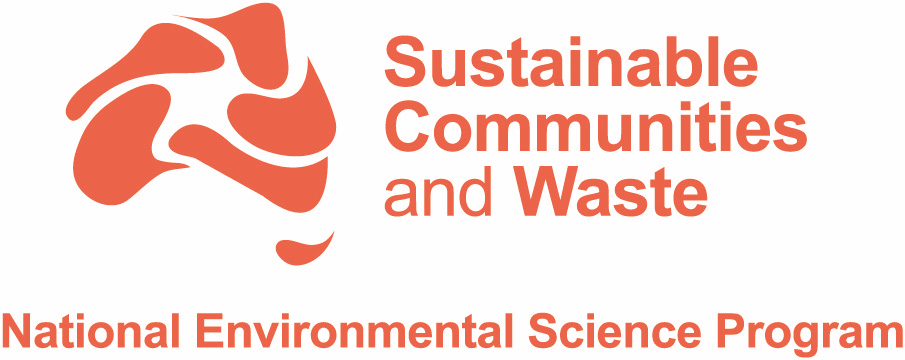Last week, the Hub’s Impact Priority 4: Air Quality team held a mid-point workshop to showcase their research and discuss their work with stakeholders.
The research explores how air quality in Australia, while generally good, continues to cause significant health impacts from bushfire smoke, planned burns, wood heaters and local industrial pollution.
Australia also faces great challenges with a changing climate; questions have been identified around how a changing climate will impact air pollution. Meanwhile, recent air pollution episodes that have triggered calls for interventions to reduce exposure to air pollution and accessible information on using low-cost sensors.
At the beginning of the Hub, researchers in IP4 worked with stakeholders and partners to co-design four research projects. Each project team presented an update on their research at the mid-point update meeting:
Project 1: Let's yarn about smoke
Let’s yarn about smoke – to build new partnerships with Indigenous researchers, community groups and individuals to start a conversation about Indigenous perspectives of landscape fire smoke, presented by CSIRO's Dr Amanda Wheeler.
Key points:
- The project's goal is to build new partnerships among Indigenous researchers and communities and the air quality research community.
- Support Indigenous leadership/co-leadership through contributing to the co-design of a broad scope of Indigenous identified research priorities and frameworks for knowledge sharing.
- Key Thinkers Forum held in Sydney (March 28th, 2023) on Air Quality, Asthma and Indigenous Health chaired by Professor Tom Calma AO.
IP4.02.01 Mid-point update - Let's yarn about smoke
Project 2: Climate change and air quality
Emissions modelling in response to climate change – to understand future impacts of climate change and emission reduction actions on air quality, presented by CSIRO’s Dr Kathryn Emmerson.
Key points:
- This is a modelling study; the results will provide a lens on what a new baseline could look like, and which measures will have the greatest impact on air quality in 2050.
- Using 8 global climate models and assessing two Shared Socio-Economic Pathways.
- Runing 2048-2052 for each model and comparing to a 2013-2017
historical run from each global climate model.
IP4.02.02 Mid-point update - How will climate change affect future air quality?
Project 3: Wood heater solutions
Developing and testing novel solutions to wood heater use to improve community air quality and limit exposure, presented by University of Tasmania's Prof Fay Johnston.
Key points:
- Aiming to create, pilot and evaluate new approaches to wood heater
communication by bringing together researchers, communication experts, local council and communities. - Approximately 1.35 million households in Australia use firewood (wood heaters) as their main source/technology for space heating (Romanach and Frederiks, 2021).
- The project is testing various intervention options in several communities and locations across Australia.
IP4.02.03 Mid-point update - Solutions and interventions for wood heaters
Project 4: Low-cost air quality sensors and interventions
Low-cost sensor networks and interventions to develop guidance on use of low-cost sensors and evaluate air quality interventions, presented by UNSW’s Assoc Prof Donna Green.
Key points:
- Choosing a low-cost air quality monitor that’s fit-for-purpose can be confusing and time-consuming.
- The team have created a resource compilation, product matrix, online decision tool and plain-English information sheets for low-cost sensors aimed at non-technical audiences.
- The team have also worked on HEPA filter guidance including an interventions paper, stakeholder workshop and Healthy Classroom FAQ.
IP4.02.04 Mid-point update - Low-cost sensor networks and interventions
Summary
The Air Quality team are driving real-world impact by generating key findings and tools that will support public guidance, policy development and roadmaps to improve Australian air quality and reduce population exposures. The IP4 mid-point research project update showcased the progress the teams are making to meet end-user needs. The project teams are continuing to work closely with a range of stakeholder groups to ensure research outputs are fit-for-purpose.

